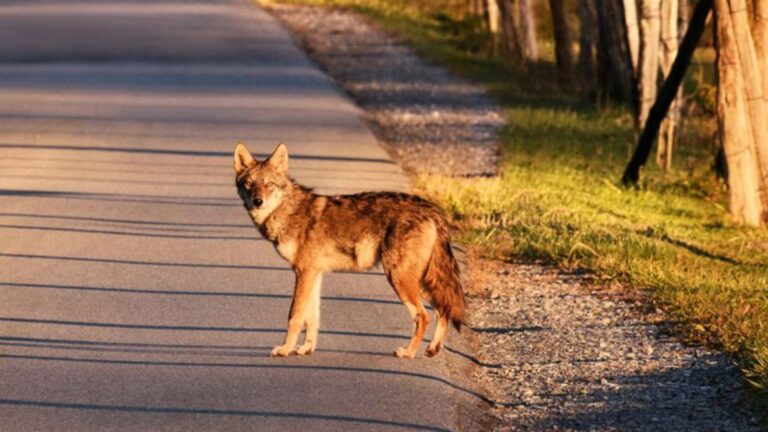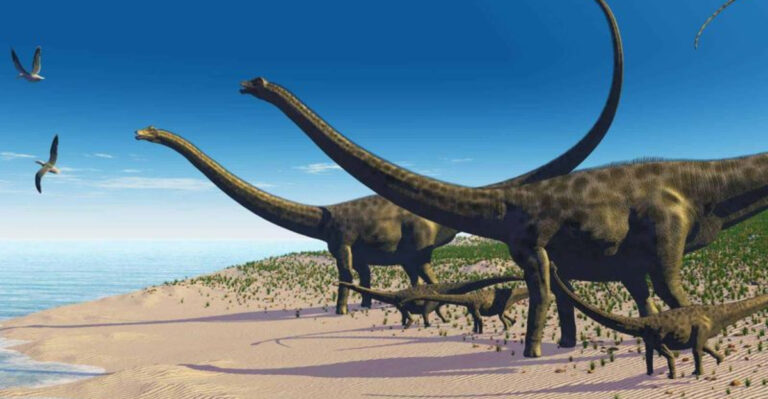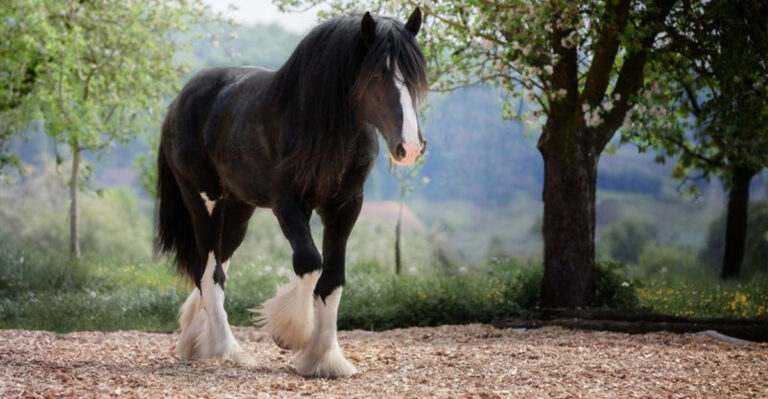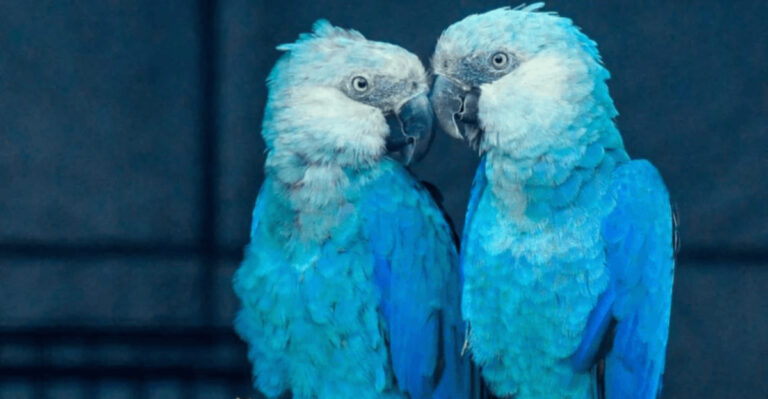12 Lost Animals That Prove Nature Doesn’t Play Favorites
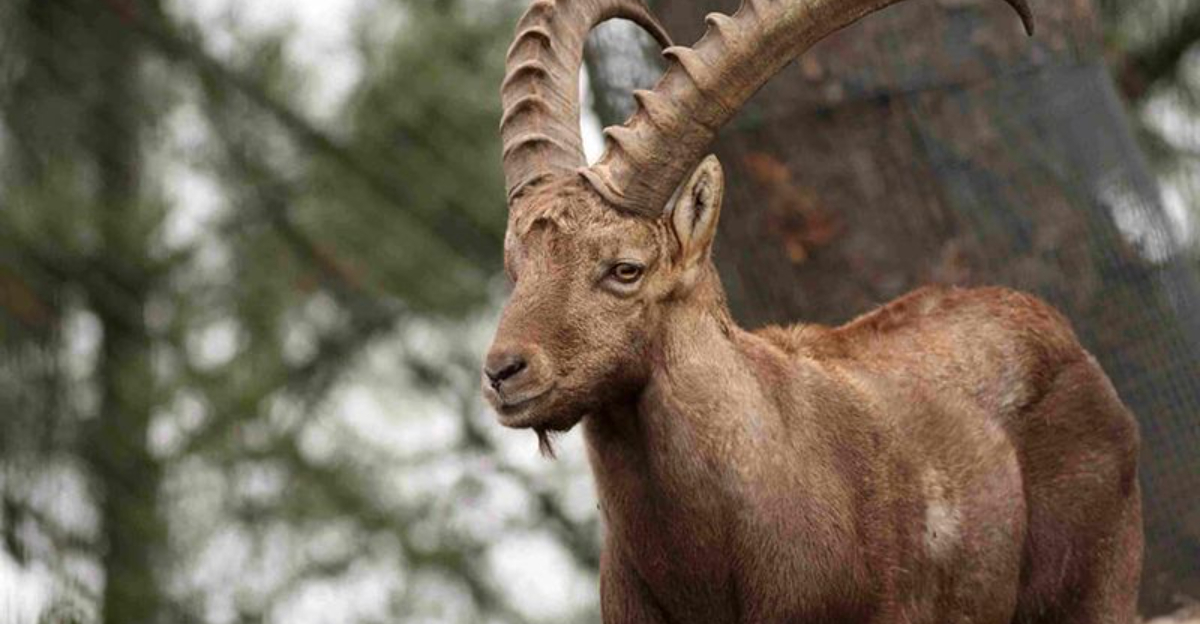
Throughout Earth’s history, countless creatures have disappeared forever, leaving only fossils and mysteries behind.
Evolution isn’t a perfect system – sometimes even the most fascinating animals vanish despite their remarkable adaptations. From sea monsters to fluffy giants, these extinct creatures remind us that survival isn’t guaranteed for any species, regardless of how impressive they might have been.
1. The Steller’s Sea Cow
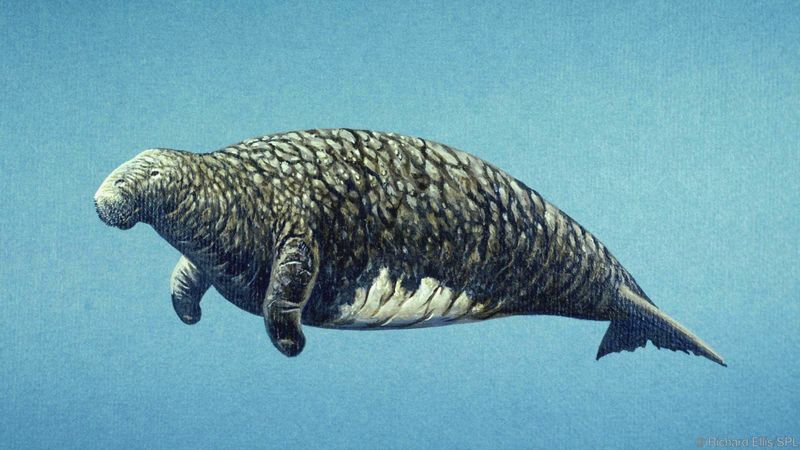
Imagine a manatee the size of a school bus floating peacefully along shallow coastal waters. These gentle giants could reach 30 feet long but couldn’t submerge completely.
After their discovery in 1741 near Alaska, sailors hunted them relentlessly for their tasty meat and valuable oil. Within just 27 years, humans had wiped them out entirely—one of the fastest extinctions ever recorded.
2. The Tasmanian Tiger
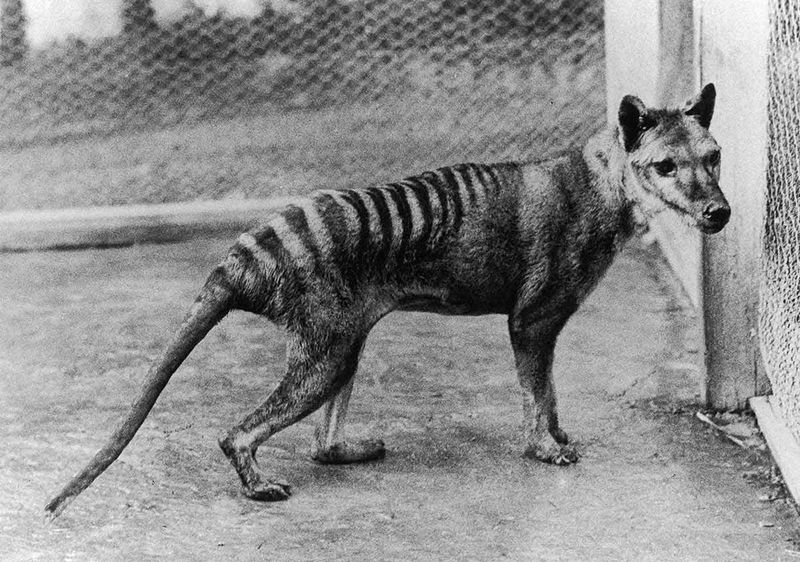
Despite its striped back and wolf-like appearance, this marsupial wasn’t related to tigers or wolves at all. Farmers blamed them for livestock deaths, placing bounties on their heads throughout Australia.
The last known Tasmanian tiger died in Hobart Zoo in 1936, though unconfirmed sightings continue today. Grainy footage of that final captive animal shows its unusual yawning motion—opening its jaw a full 120 degrees.
3. The Great Auk
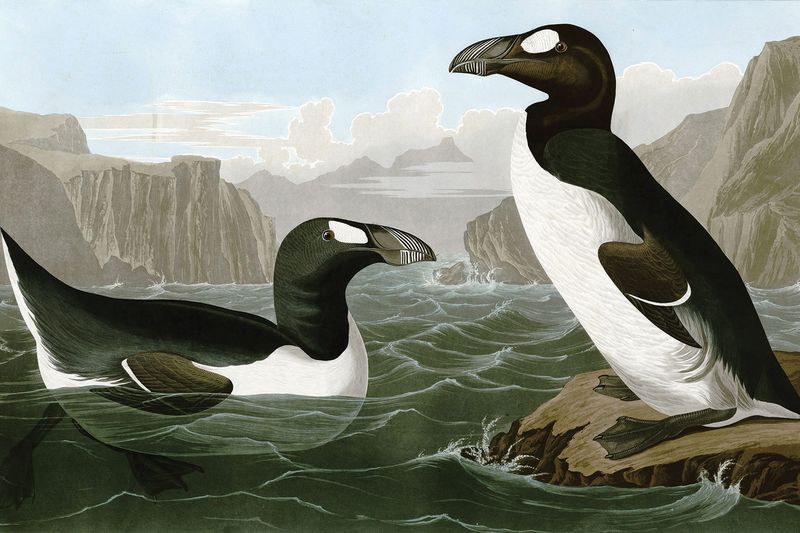
Standing three feet tall with tiny useless wings, these flightless birds once dominated the North Atlantic coastlines. Sailors called them the ‘original penguins’ though they weren’t related to today’s southern hemisphere birds.
Hunters slaughtered them for their downy feathers, meat, and eggs. The final pair was killed in 1844 when collectors strangled them and smashed their last egg on an Icelandic island.
4. The Quagga
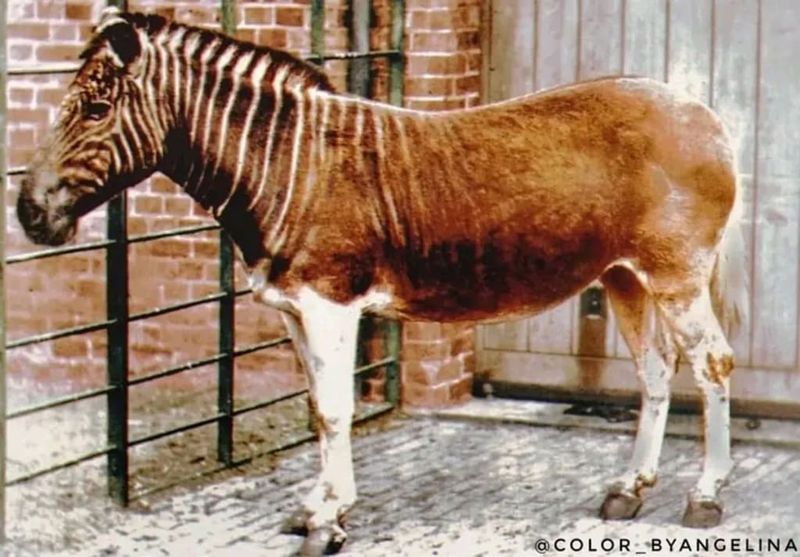
Half zebra, half horse—or so it seemed. These unusual animals had zebra stripes only on their front halves, with solid brown hindquarters that looked completely different.
Dutch settlers in South Africa hunted them mercilessly for their meat and to eliminate competition with livestock. The last captive quagga died in Amsterdam Zoo in 1883, before anyone realized they were a zebra subspecies worth protecting.
5. The Passenger Pigeon
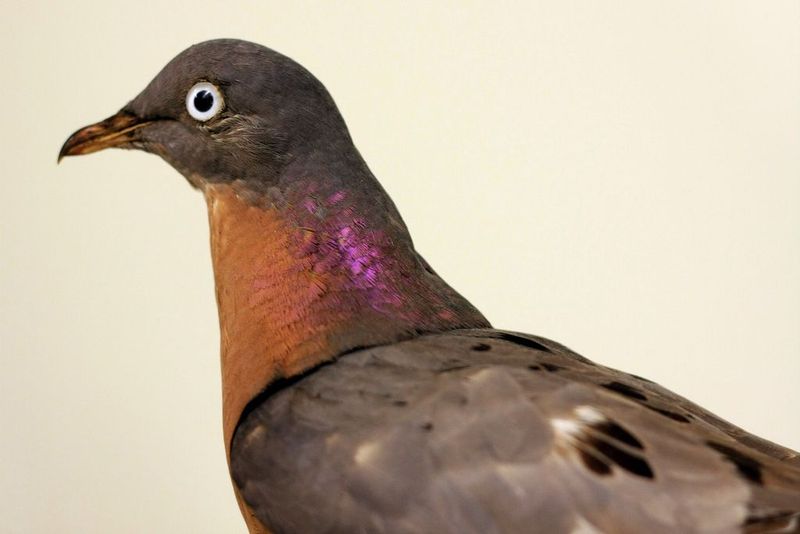
From billions to zero in just 50 years. These birds once darkened American skies in flocks so enormous they took days to pass overhead.
Their numbers made them seem invincible, but commercial hunting for cheap meat devastated their populations. Martha, the last passenger pigeon, died alone at Cincinnati Zoo in 1914. Scientists now believe their survival strategy—safety in numbers—became their downfall when those numbers dwindled.
6. The Baiji River Dolphin
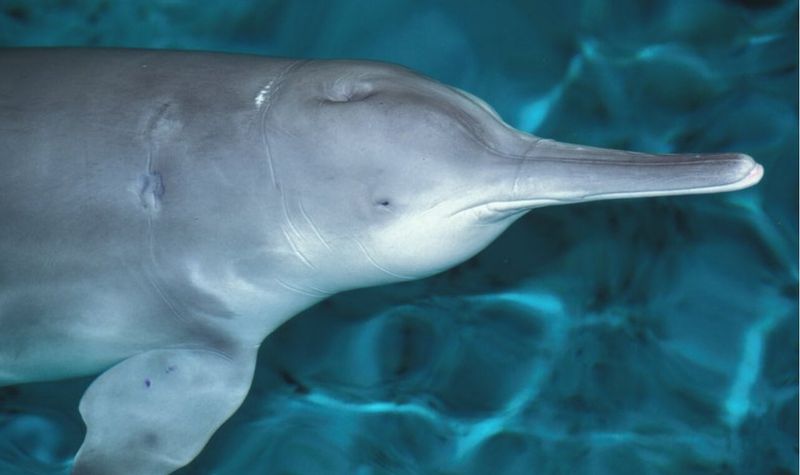
Known as the ‘Goddess of the Yangtze,’ this freshwater dolphin swam Chinese waters for 20 million years. With tiny eyes and a long narrow beak, it navigated using sonar in murky river conditions.
Unlike ancient extinctions, we watched this one happen in real-time. Declared functionally extinct in 2006 after an extensive search found none, the baiji fell victim to industrialization, fishing, and dam construction in modern China.
7. The Dodo Bird
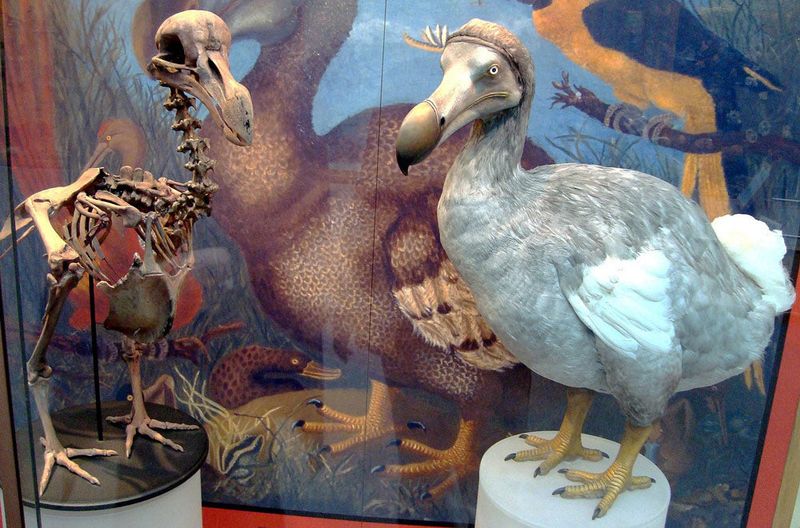
Far from the cartoon buffoon we imagine, the dodo was actually a sophisticated island-adapted pigeon relative. Having evolved without predators on Mauritius, they had no fear of humans who arrived in 1598.
Sailors ate them, while introduced rats, pigs and monkeys destroyed their ground nests. By 1662, they had vanished completely. The phrase ‘dead as a dodo’ remains their unfortunate legacy as symbols of extinction.
8. The Woolly Mammoth
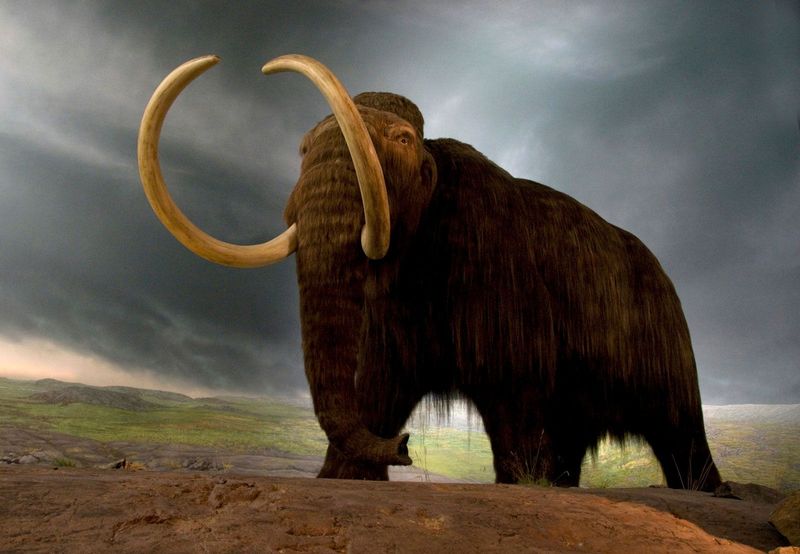
Standing 13 feet tall with curved tusks stretching 15 feet, these Ice Age icons weren’t simply hairy elephants. Their blood contained special antifreeze compounds, and their tiny ears minimized heat loss in arctic conditions.
Most disappeared around 10,000 years ago as Earth warmed, though a small population survived on isolated Wrangel Island until just 4,000 years ago—meaning they were still alive when Egyptians built the pyramids!
9. The Caribbean Monk Seal
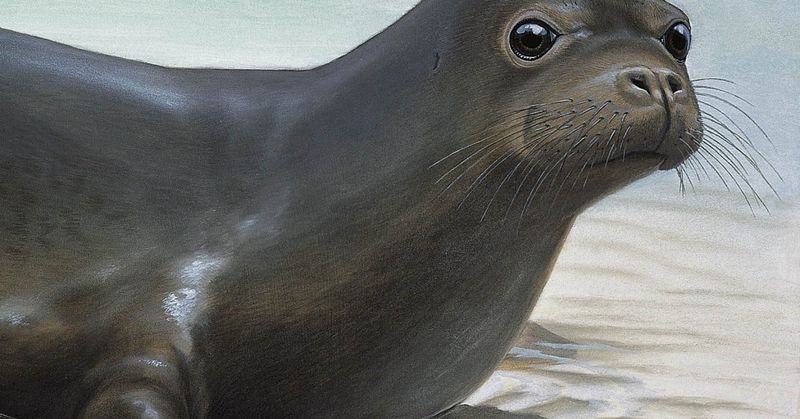
Columbus himself wrote about hunting these ‘sea wolves’ during his voyages. For centuries afterward, sailors killed them for their blubber, which produced valuable oil for lamps and machinery.
The last confirmed sighting came in 1952 at Serranilla Bank between Jamaica and Nicaragua. In 2008, after five years of searching turned up nothing, scientists officially declared them extinct—the only seal species humans have completely wiped out.
10. The Pyrenean Ibex
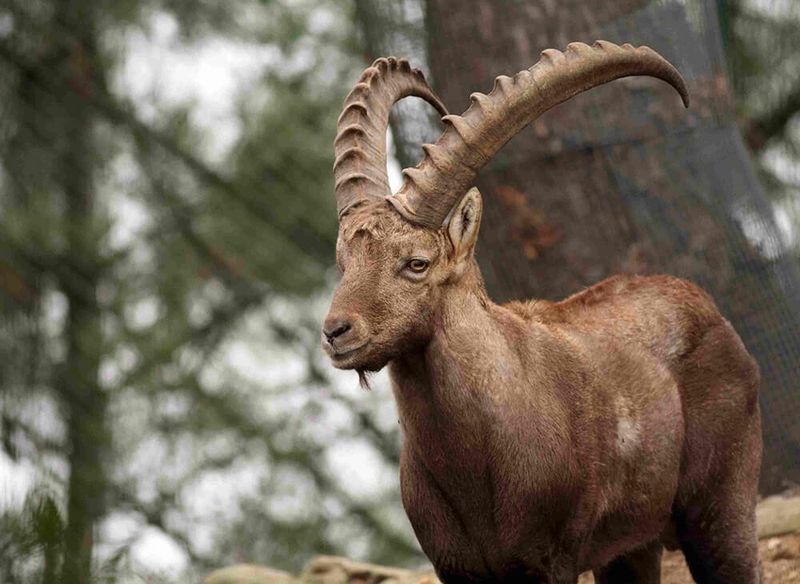
A mountain goat with magnificent curved horns became the first species to go extinct twice. The last natural Pyrenean ibex, nicknamed Celia, was found dead in northern Spain in 2000, crushed by a fallen tree.
Scientists preserved her cells and briefly succeeded in cloning her in 2009. However, the clone died minutes after birth due to lung defects. This marked both the first de-extinction attempt and its first failure.
11. The Javan Tiger
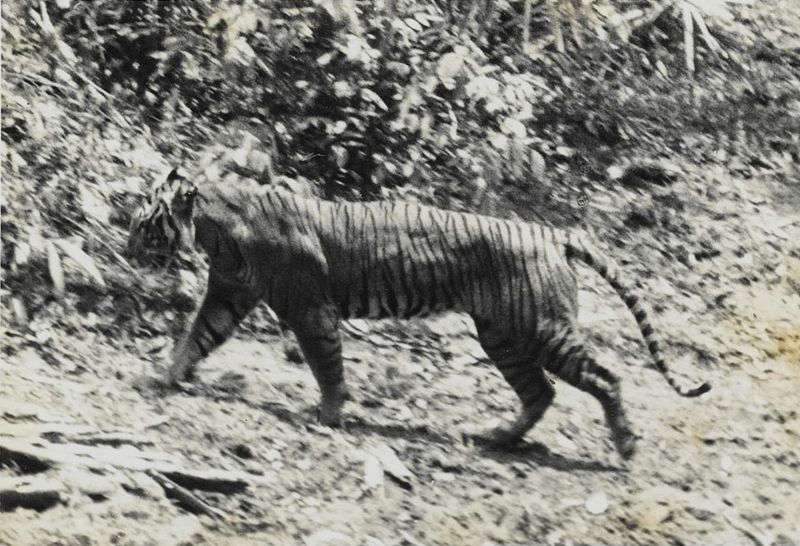
Smaller than their mainland cousins but just as fierce, these striped cats ruled Indonesia’s rainforests for thousands of years. Their disappearance happened silently, with no documentation of the final individual.
Coffee plantations replaced their jungle habitat while hunters targeted them for their beautiful pelts. By the 1970s, they had vanished completely. The last confirmed footprints were found in 1976, though unverified reports continued into the 1980s.
12. The Golden Toad
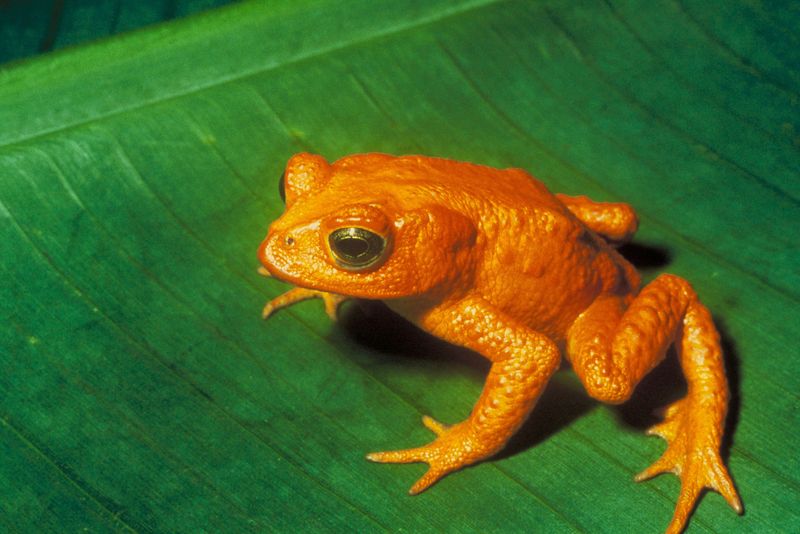
For a few weeks each spring, these brilliant orange amphibians emerged in Costa Rica’s cloud forests to mate. Males gathered by the thousands, creating pools of living gold against the green forest floor.
Then suddenly in 1989, they disappeared completely. Their rapid extinction became an early warning sign of global amphibian decline. Scientists believe climate change altered the mist patterns their mountain habitat depended on.


